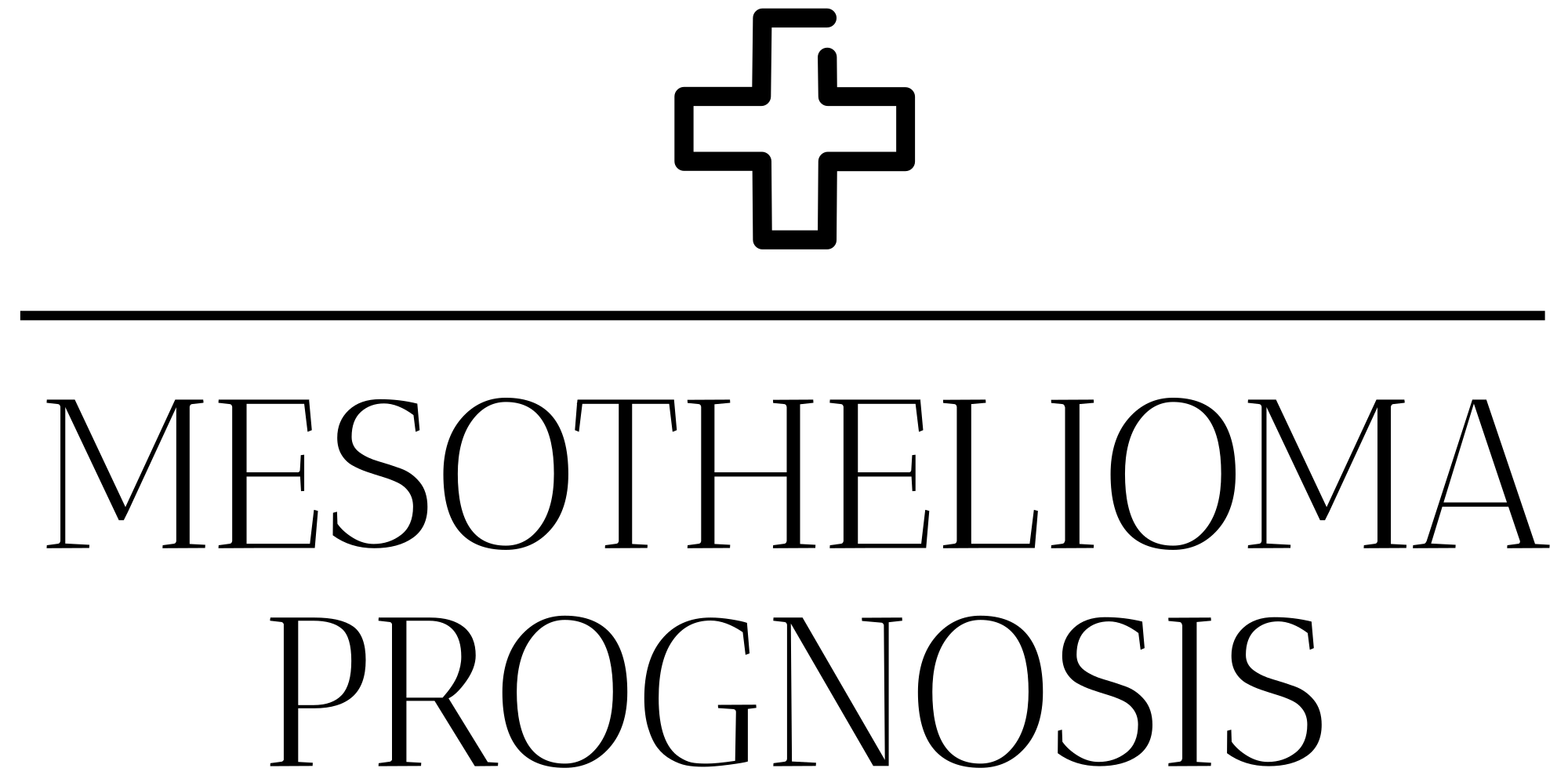The medical and recreational applications of massage are well-documented. For many patients suffering from malignant mesothelioma, fibromyalgia, or a number of other pain-inducing problems, massage offers a natural, supplemental treatment that can alleviate pain. Aside from having no side effects, this practice encourages harmony of the mind and body to holistically treat patients experiencing pain.
Massage Therapy as a Treatment
Those victimized by the pain of mesothelioma, a form of lung cancer caused by asbestos exposure, are ideal candidates for massage treatment. Many authorities in rehabilitation and medicine describe massage as being akin to (or a part of) the practice of alternative medicine. While it is not a cure in itself, it most definitely assists more conventional cancer treatments. When combined in such a way, massage and cancer treatments like chemotherapy or surgical tumor removal have been proven very effective at expediting recovery while simultaneously decreasing pain.

How Massage Therapy Works
 When one or more parts of the body need nutrient-rich blood to help repair damaged tissue, massaging helps transport the blood faster by “opening up” the blood vessels which allow this to happen. Once this is achieved, pain, aches and soreness will be greatly alleviated thanks to the nutrients transported by the blood. Although a variety of massages that encourage such an effect exist, like the heavily-popularized Swedish massage and shiatsu, they all operate on this important premise in their unique, often culturally-derived ways.
When one or more parts of the body need nutrient-rich blood to help repair damaged tissue, massaging helps transport the blood faster by “opening up” the blood vessels which allow this to happen. Once this is achieved, pain, aches and soreness will be greatly alleviated thanks to the nutrients transported by the blood. Although a variety of massages that encourage such an effect exist, like the heavily-popularized Swedish massage and shiatsu, they all operate on this important premise in their unique, often culturally-derived ways.
Nevertheless, mesothelioma patients must remember massage should not be seen as a cure, but as a useful aide in a successful recovery. Furthermore, massage can be seen as more than just a way to address pain to be fully effective in these situations because of its applications in encouraging a calm and relaxed demeanor. With a clearer, more positive frame of mind, patients will recover much more successfully with this outlook than with a stressful one. If massage therapy appeals to a patient, all it takes to start a professional massage regimen is an earnest request to the primary care physician.

Although massage itself is a veteran among therapeutic treatments, its applications in treating cancer have just surfaced recently. With such rapidly growing success, however, massage now represents its own vein of therapy that serves cancer patients. The official name for this kind of massage, the formal practice of which requires licensure, is the oncology massage.
Oncology Massage Therapy
Considering the oncology massage, physicians and therapists must research each patient’s case, as cancer pain can manifest itself in different areas of the body and in different ways. For this reason, an educated approach needs to be taken in order to streamline the efficiency of the massage while avoiding damaging tissue or otherwise worsening the condition. When these considerations are carefully respected, along with an acute awareness and appreciation for the patient’s emotional state, a truly holistic improvement can be made through this treatment.
Consulting With Your Physician
Any therapist licensed to administer oncology massages will know about the kind of treatments, such as radiation therapy, that most mesothelioma patients are undoubtedly undergoing in conjunction with massage therapy. This knowledge is extremely important in ensuring the congruity and fluidity of a patient’s recovery. Often times, those who are juggled around within the various medical offices chain fall victim to a lack of good communication between the health professionals which can stagnate recovery or even worsen the situation. Oncology massage professionals are specifically trained to articulate well with what goes on outside their own doors, out of true respect for the patient and the recovery process. With this kind of teamwork and dedication, recovery chances improve drastically.







